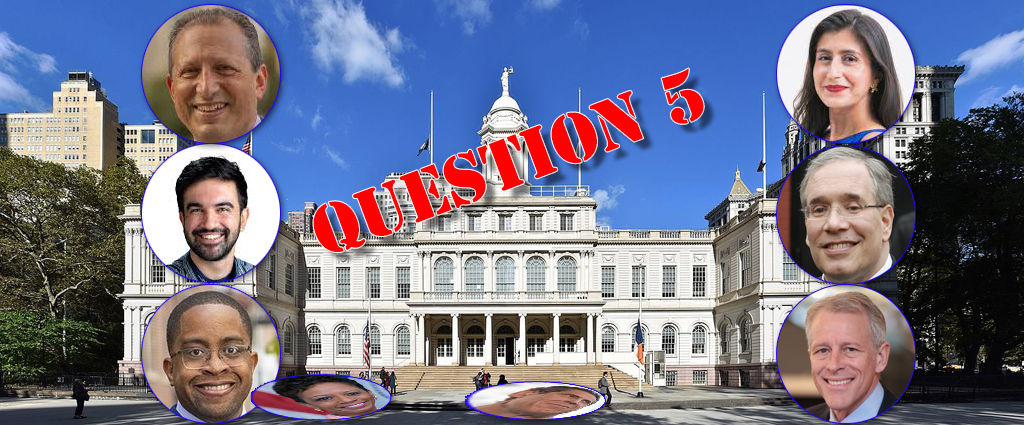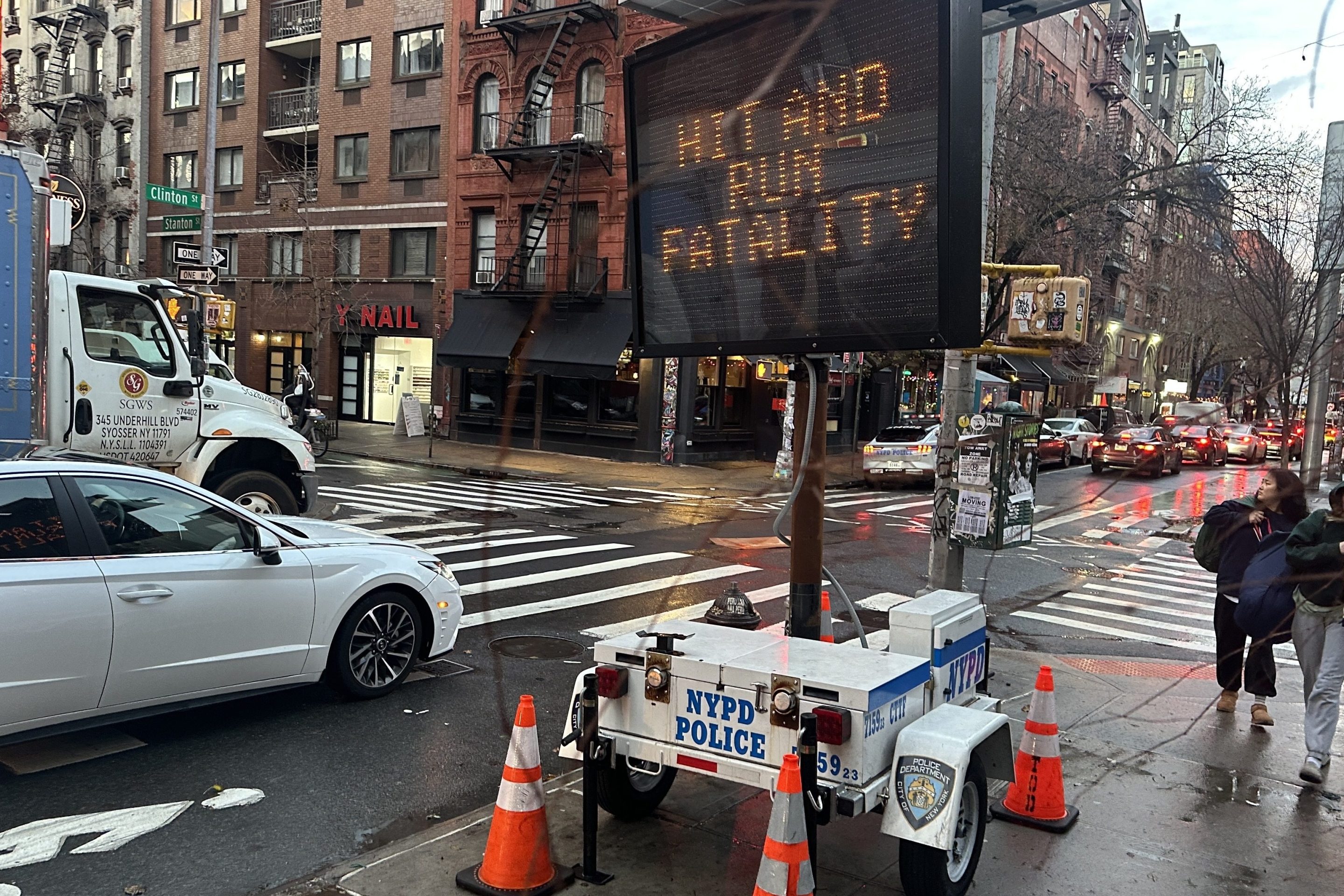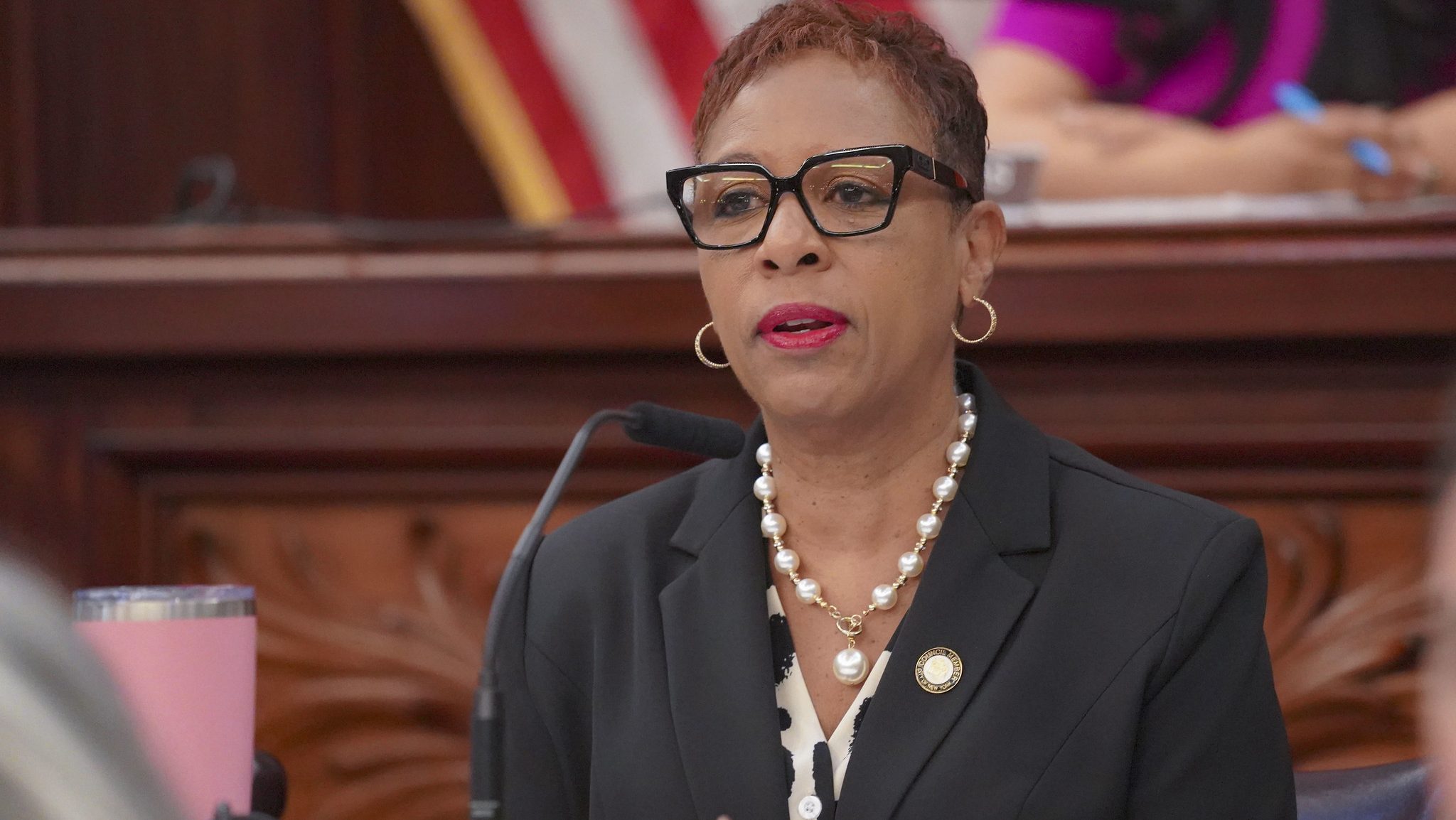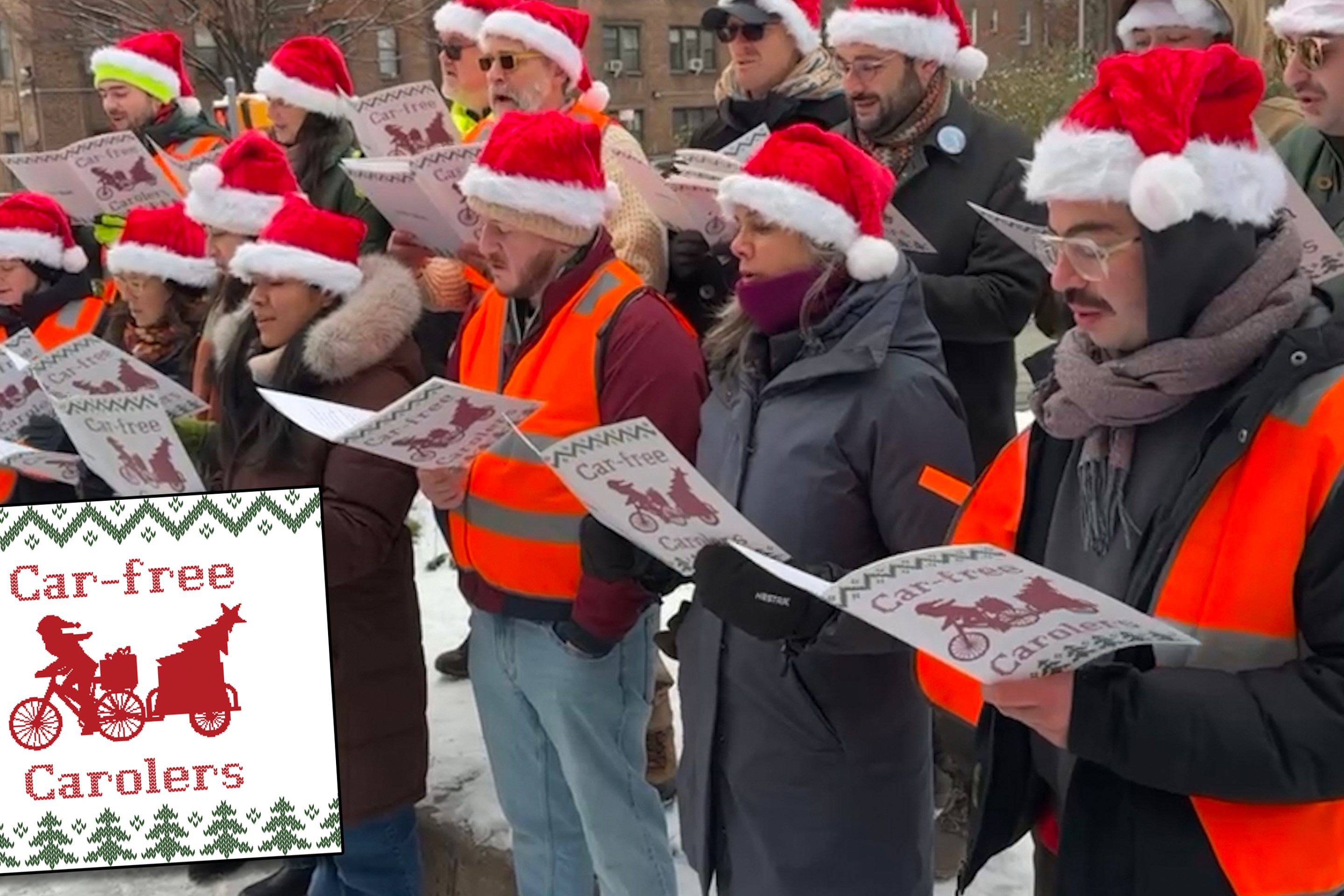
Streetsblog has begun rolling out the top candidates' answers to our eight-question campaign questionnaire. All of the questions and answers will be posted here, and each day's question will feature the full answers in two forms: the text is not only below but plotted on a matrix graded by a panel of livable streets movement experts. Remember, candidates make many promises, so rather than grade the answers on dreams, we also added in a "reality" category so readers can judge if the candidate actually has a plan for achieving his or her promises. Don't worry, there won't be a test later: we'll recap all the answers on an uber-matrix later in the month.
Question 5:
Scott Stringer, former Manhattan Borough President and City Comptroller
The common complaint about lack of parking in neighborhoods is a by-product of the intense car culture that has taken over the five boroughs and found its way into every neighborhood. As mayor, my obligation to New Yorkers will be to move New York City away from its overreliance on private automobiles by constructing infrastructure that encourages alternative modes of transportation. As the Comptroller, I took a forward-looking view and advocated for the conversion of a two-mile stretch of the Brooklyn-Queens Expressway into a park and burying the truck traffic caused by last-mile deliveries beneath the reclaimed landscape. To move forward, we need to reconfigure these spaces to serve every New Yorker. It is time for the city to invest in more natural spaces, biking super pathways, and light rail systems similar to the current plans for the Interborough Express. Then, parking won’t be as much of a problem.
The City of Yes initiative is a minimalist proposal, but it doesn't go far enough to address the affordability crisis. Zoning reform alone won’t solve our housing problems unless we ensure that new development prioritizes working-class and low-income New Yorkers, not just market-rate units. We need aggressive action to expand affordability, hold bad landlords accountable, and protect tenants from displacement. I believe any housing plan must be realistic, actionable, and financially sustainable.
My Mitchell-Lama 2.0 Plan builds on the proven success of past affordable housing programs and ensures that the city takes a proactive role in creating and maintaining affordable homes. I will work with the Council and community organizations to push for housing solutions that truly serve the needs of working New Yorkers. Our housing crisis is urgent, and we need leadership that can deliver results – not just rhetoric.
Zellnor Myrie, state Senator from Brooklyn
The issue of parking has historically divided New Yorkers, and as mayor, I will be laser-focused on making sure that every New Yorker has the shortest commute times possible, no matter how they commute. For example, when Eric Adams chose to preserve private parking along the Fordham Road bus route, he hobbled what should have been a wildly successful bus lane.
Moreover, we must use every tool at our disposal to decarbonize our city. Making our buses run more efficiently is critical for helping New York reduce its carbon emissions. Additionally, cities throughout the country have demonstrated that removing parking mandates from new construction is a key tool for increasing housing production and housing affordability. As I have said repeatedly on the campaign trail, the final version of City of Yes had several helpful reforms, but it did not go far enough. New York needs one million new homes, not 80,000. As mayor, I hope to deliver on that promise with my Rebuild NYC plan.
Jessica Ramos, state Senator from Queens
New Yorkers deserve a city where streets belong to people, not cars. That means tackling transit deserts, making our public transportation safe and reliable, and following through on commitments to bus and bike infrastructure. We need to redesign our streets to improve safety, facilitate more reliable public transit, and create more green space. That means making difficult choices, including reallocating lanes and repurposing parking spaces where necessary. But these decisions must be made thoughtfully and equitably, with a focus on changing consumer behavior rather than simply displacing existing users.
I did not support the carveouts of the mandatory parking minimums included in City of Yes because I believe we need a more holistic approach to managing parking and street space. I’m open to a variety of strategies that shift behaviors, including introducing municipal permits and expanding municipal lots to move cars off the street and free up space for outdoor dining, bike lanes, and busways.
Brad Lander, City Comptroller
The best solution to the shortage of parking is to enable people to take fewer car trips. When we brought Citi Bike to my Council district in 2016, and some residents opposed it on the grounds it would reduce parking, I communicated directly to my constituents (in a statement that Streetsblog praised as “pitch perfect”) that Citi Bike would enable people to use transportation alternatives, and that if just a small fraction of people realized they could do without a car, then we would quickly get back more than the number of lost spaces.
While the City of Yes will take a small-but-meaningful step toward addressing the city’s housing shortage by enabling a little more housing in every neighborhood, political opposition weakened the proposal, especially in lower-density outer boroughs where elected officials and communities alike rejected the elimination of parking minimums and increased density and transit-oriented growth. As mayor, I will recommend the 2025 Charter Revision Commission put the original City of Yes proposal on the ballot to New Yorkers, to eliminate parking minimum requirements citywide, enabling developers to choose whether or not they want to build the spaces moving forward, rather than being required to build parking space by law (in addition to other proposals that would legalize accessory dwelling units, two- and four-story housing above storefronts on commercial streets, and three- to five-story apartment buildings within a half a mile of subway or rail stations). I am also interested in exploring solutions utilized by cities like Montreal and Paris for dynamic curbside management.
Zohran Mamdani, Assembly Member from Queens
More than 75 percent of the public right of way in New York City is dedicated to the movement and storage of personal vehicles, and this space contains millions of free, on-street parking spaces. Using our public space in this way neglects the large majority of New Yorkers who walk, bike or take transit to get where they are going; repurposing some of it is a critical part of actually improving New Yorkers’ quality of life.
City of Yes, and especially the Council’s work to fight displacement and include deeper housing affordability within it, was a step in the right direction to address the housing crisis, but there is more we can do. In my housing plan, I call for increased zoning capacity around transit hubs, upzoning wealthy neighborhoods, and fully eliminating the parking mandate citywide. A critical missing piece of City of Yes is enabling more deeply affordable housing to be built at scale. We're a long way off from for-profit developers doing this, yet this is where the greatest emergency is. This requires the public sector to play a role and is why my housing plan leads with tripling the city’s production of publicly subsidized, permanently affordable, union-built, rent-stabilized homes—constructing 200,000 new units over the next 10 years.
Whitney Tilson
I will strive to preserve street parking, particularly in low-density neighborhoods with limited public transit. I supported Mayor Adams’s City of Yes for Housing Opportunities plan, including the relaxation of parking requirements for new apartment buildings. But the Council watered-down the plan, making the final product a deeply inadequate response to our housing crisis. As mayor, I would enact broader and deeper zoning reforms and eliminate other red tape to spur the construction of more than 500,000 new housing units over the next decade.






